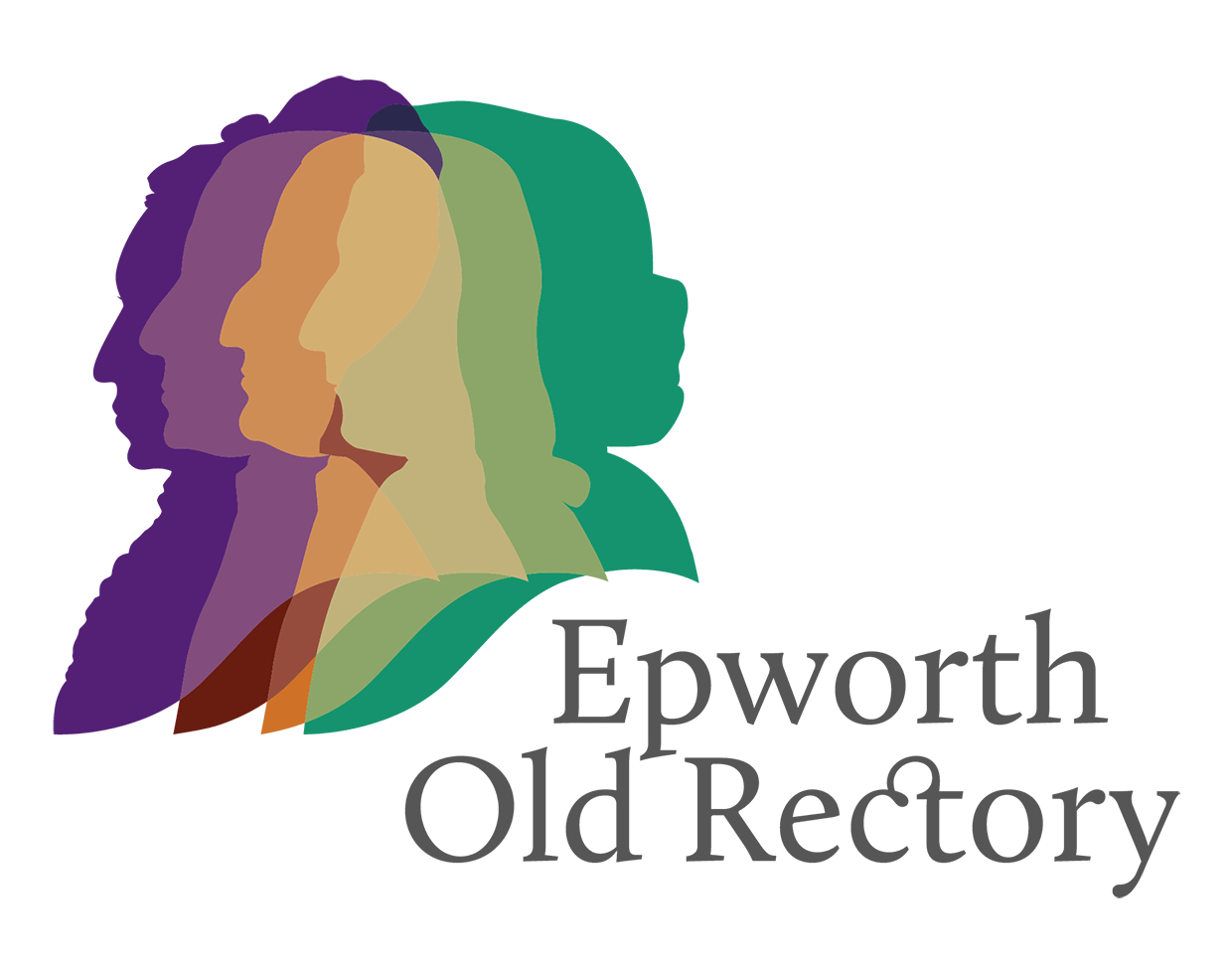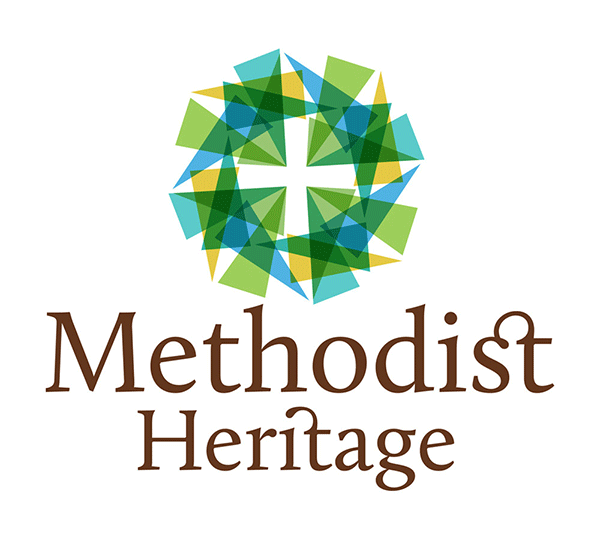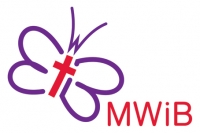
John and Charles Wesley developed Methodism during the Industrial Revolution of the eighteenth century. The movement they pioneered spread across the country, bringing the message of the Gospel to the working-class. This national and, later, international movement, can trace its roots to Epworth Old Rectory.
Seeds of Methodism at Epworth Rectory
Education
John, Charles and their siblings grew up surrounded by Christian devotion. As the children of a Rector this is unsurprising. However, influence also came from their mother, Susanna. Having a deep, personal religious commitment, Susanna transferred this to her children’s daily lives. She took personal responsibility for their education and took it upon herself to preach.
Susanna gave her children a disciplined upbringing with a clear structure to their daily lives. This included lessons throughout the morning and afternoon. All were expected to be proficient at reading and writing, as well as to gain a grasp of Greek and Latin. Each child’s education began with learning the alphabet, before methodically reading through the Bible, starting with the first chapter of Genesis.
John came to view his mother’s educational methods as an ideal way to bring up Christian children. In 1732 John wrote to Susanna asking her to pass on her educational ideas. These came to inform the development of Methodism. He used them as instructions for parents and in establishing schools for the education of the poor.
Susanna’s Preaching
Susanna’s sons witnessed her preaching to the people of Epworth. In 1712, when Samuel was away in London, Susanna viewed the curate, Inman, who had been left in charge of St Andrew’s, as an inadequate preacher. Initially Susanna preached to her children, staff and the few friends she had in the local area. However, word spread that Susanna was preaching and the locals – who also did not like the curate – began to come to the rectory on Sundays.
When Inman complained to Samuel about the impropriety of a woman preaching, Samuel tried to persuade her to stop. Susanna refused to do so, unless he gave her an express command. She believed God wanted her to preach and Divine Will had more authority than a husband’s. John was around eight or nine years old and Charles four or five when they witnessed their mother preaching. The brother’s – particularly John’s – willingness to include lay preachers in Methodism, as well as allowing women key roles in the movement’s development, has often been credited to this moment.
The Holy Club
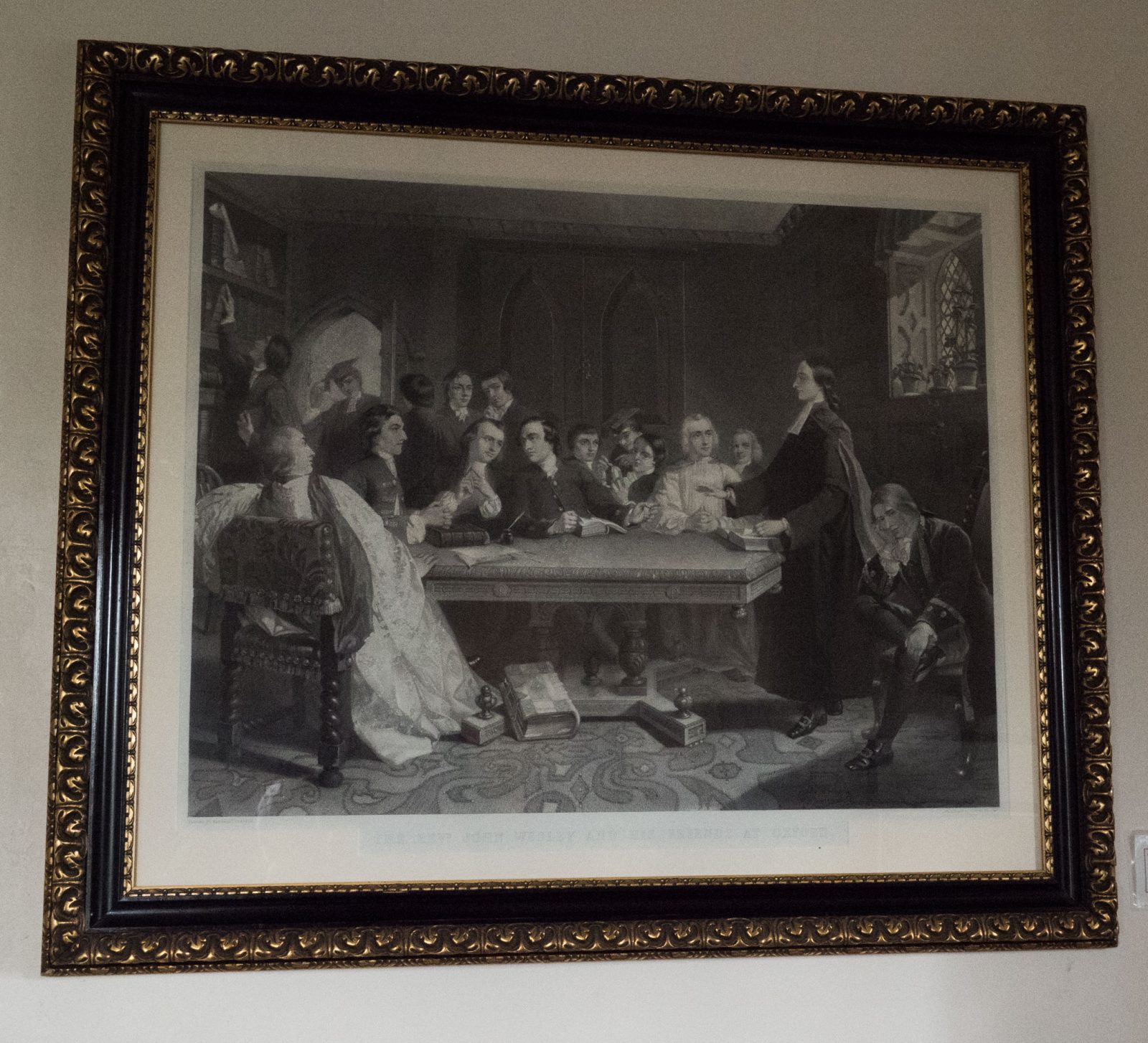
Their early education and religious upbringing can be seen reflected in the brothers’ time at Oxford. Alongside friends, Charles established a Christian society at Christ Church in 1729. The aim of this society was for like-minded Christians to be able to join together in prayer and Bible study. Susanna had instilled in her children the importance of daily Christian devotion. She herself spent an hour each day in prayer. The Oxford society (nicknamed ‘The Holy Club’ and the ‘Methodists’ by other students) met for study and prayer most nights in the week, as well as attending church services on Sundays.
The society quickly spread its influence, especially when John joined the group. They became known throughout Oxford for administering to the sick and poor. Around August 1730 they developed a rota for visiting the city’s prisons, so that they all gained experience spreading the Christian message to inmates. Funds were also collected to help pay the debts of some of the prisoners. Helping those imprisoned for debts was likely an issue close to the hearts of the Wesley brothers, due to growing up in the shadow of their father’s debts.
The Holy Club was a precursor to the work and structure of the Methodist movement that developed. Coming together in small groups for devotion and helping social welfare causes were important to the Wesleys throughout their lives.
Religious Revival During the Eighteenth Century
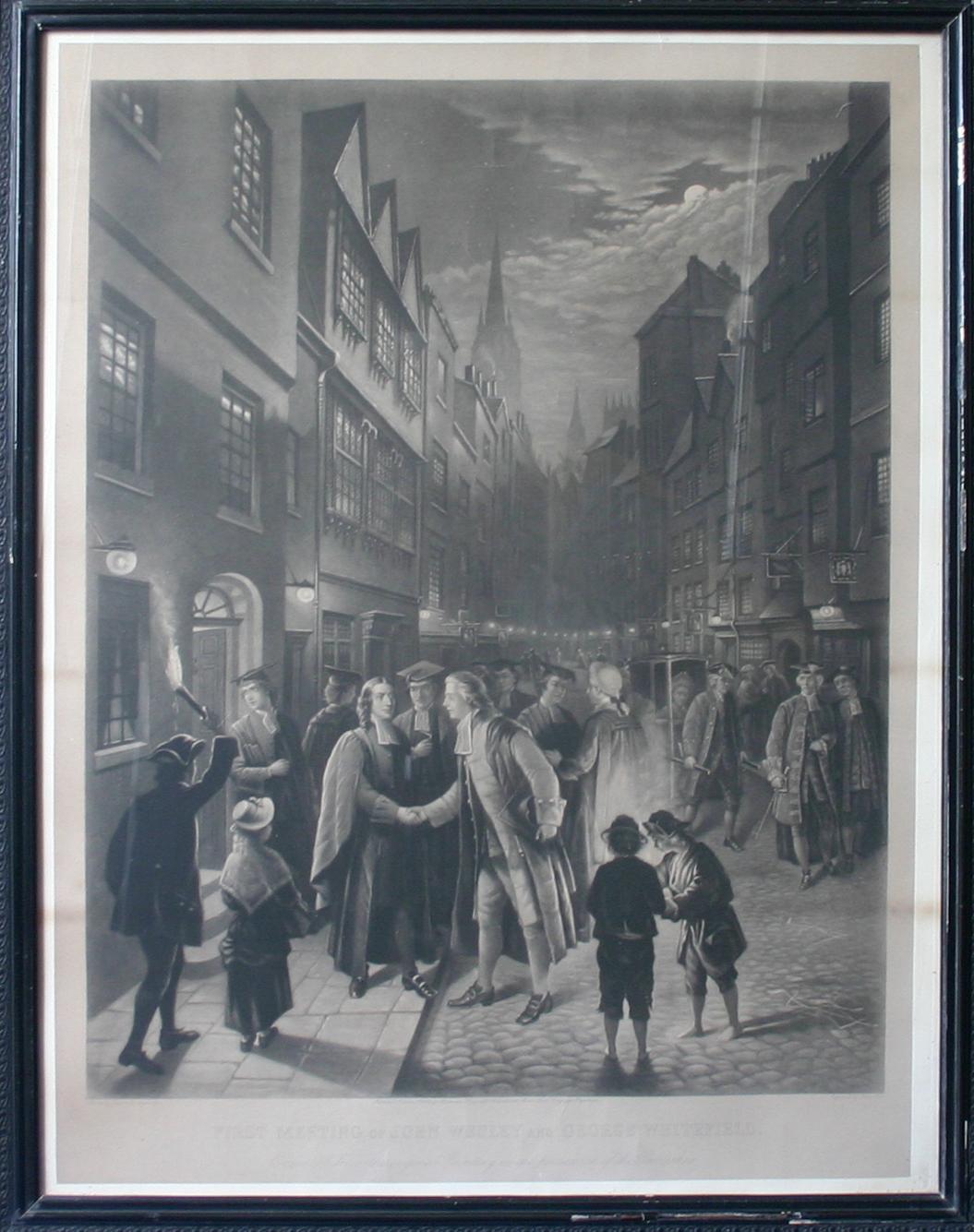
Eighteenth century Britain underwent a dramatic change during the Industrial Revolution. Cities grew as the rural population migrated to them to find work. Consequently, as the urban population increased so did poverty, infant mortality and violence. At such a time the Church should have been the main institution aiding the struggling poor. However, the Church of England at that time was focused on the upper and middle classes. The working-class did not feel welcome in churches and the Church often appeared oblivious to the growing poverty. Many clergymen were from wealthy and aristocratic stock and, as a consequence of this, were out of touch with the needs of the working-class.
Following their conversion experiences of 1738, both John and Charles developed a firm belief that salvation came through faith, but also emphasized the importance of doing good works. The Wesleys and other Methodists, like George Whitefield, decided they needed to visit the working-class. They began field-preaching, travelling throughout Britain. They preached in town squares, on village greens, outside mines and factories. Ordinary people were given a role as lay preachers. This led to many early Methodists becoming better educated and increased social mobility among them. The working-class were given the attention they were denied by the established Church.
Social Welfare Concerns
The Wesleys began insisting on “social holiness”, ensuring that importance was placed on social justice. Therefore, they focused on a number of social welfare areas, including prison reform, relief of poverty, education and the abolition of slavery.
Prison Reform
A focus on ministering to prisoners had been present since the days of The Holy Club. As Methodism developed into a large movement, John increased his work in this area. In February 1753 he visited Marshalsea Prison. He was shocked by the conditions he witnessed, describing it as hell and a disgrace to Christians. John railed against the common criticism that the poor were poor because they were idle. He witnessed the poor inmates of Marshalsea working extremely hard.
A contemporary of the Wesleys, John Howard, began campaigning for prison reform in the 1770s. Like John, Howard had witnessed the squalor of English prisons. He helped to enact parliamentary reforms that would improve the health of prisoners. John offered Howard his support.
Relief of Poverty
As well as bringing the Christian message to the working-class, early Methodism emphasized the necessity to support the physical needs of the poor. John recommended that Methodists ask whether the poor they met had enough food, clothing and fuel before they began preaching to them.
Having shown that you have regard for their bodies you may proceed to enquire concerning their souls…
John Wesley
Through John’s encouragement dispensaries were set up to treat the sick, workshops established in order to create jobs for the unemployed, and Methodist societies distributed food and clothing.
Education
In developing Methodist educational ideas, John used the methods he had requested from his mother in 1732. On 24 June 1748 John opened the new Kingswood School in Bristol. The first Kingswood School had been opened in 1746 by George Whitefield, but had been unsuccessful. Under John the school worked to educate the poor, teaching them reading, writing and account keeping skills. Underlying all this, however, was the aim that the pupils would develop a strong Christian faith.
Within a year of the school reopening under John, it included separate day schools for boys and girls, and a girls’ orphanage. The inclusion of girls likely stemmed from John being under the tutelage of his mother alongside his sisters.
Abolition of Slavery
Throughout the eighteenth century the slave trade was a huge part of the commercial life of Britain and its Empire. In 1774 John Wesley wrote Thoughts on Slavery, criticising the trade.
Their sleep is very short, their labour continual, and frequently above their strength; so that death sets many of them at their liberty, before they have lived out half their days…Did the Creator intend, that the noblest creature in the visible world, should live such a life as this!
John Wesley, Thoughts on Slavery
On the 24 November 1790 John wrote his last letter. This was to William Wilberforce, the key player in the abolition of the slave trade and, later, slavery itself in the British Empire. John encouraged Wilberforce to continue his campaign until all slavery was abolished, not just in the British Empire, but also in America.
[slavery] an execrable villainy which is the scandal of England and of human nature.
John Wesley’s final letter to William Wilberforce
Methodist Societies in the Eighteenth Century
The travels of John Wesley and other Methodist preachers inspired the creation of numerous societies. Many of the working-class who felt alienated by the established Church felt welcomed into these societies, where they could worship together.
On the 24 June 1744 the first Methodist Conference was held at the Foundery in London. This first Conference made the decision to create bands within societies – smaller groups where Methodists could help one another grow in the Christian faith. The Conference also conferred lay preachers with the authority to create societies.
On 28 February 1784 the Methodist Connexion became a legal entity when a Deed of Declaration was passed through the High Court Chancery. From that time on an annual ‘Conference of the People Called Methodists’ was held, consisting of one-hundred representatives.
International Missionary Work
Methodism was at heart a missionary movement. The Evangelical Revival, to which the Wesleys and Methodism made such an important contribution, led to a growing concern for the spread of the Gospel, not only in Britain, but also overseas.
John and Charles Wesley had been unsuccessful on their missionary trip to Savannah, Georgia in the 1730s. Controversially, in the 1780s, John assigned himself the authority to ordain Thomas Coke as a ‘General Superintendent’ (essentially a Bishop) and two other Methodists as ‘elders’. He then sent them to assume control of the American Methodist Connexion. This led to the establishment of a strong United Methodist Church in the USA.
The missionary work continued after the deaths of the Wesley brothers. Methodists were sent to various British colonies, including Australia, New Zealand, the Caribbean, Burma (Myanmar), India and Ceylon (Sri Lanka).
Split From the Church of England
Following the deaths of Charles in 1788 and John in 1791, the Methodist leadership passed to the annual Methodist Conference, with a new President elected each year.
Throughout their lives the Wesleys had insisted that Methodism would always remain part of the Church of England. However, six years after John’s death, it became a separate Church – the Wesleyan Methodist Church. The split was inevitable. The movement had always been surrounded by controversy. It had grown out of feelings that the established Church was failing to provide for the spiritual needs of all people, especially the poor. Unsurprisingly this angered the Church of England and the Wesleys and their fellow Methodists were hounded by criticism from Church authorities and many preachers were banned from churches. By the 1790s the divisions between the Church and the movement ran deep and a split could not be prevented.
In the decades that followed there were further splits within the new Methodist Church itself. There were differing opinions about how the new Church should be run, rather than disagreements over doctrinal issues. Numerous new Methodist churches were formed, including the Methodist New Connexion, Independent Methodists and Primitive Methodists.
In 1932 the majority of these Methodist churches joined together to create the Methodist Church still in existence today.
Methodist New Connexion

The Methodist New Connexion was formed in 1797 by Alexander Kilham. Kilham was born in Epworth in 1762. In 1797 Kilham was evicted from the Methodist Conference, due to his criticism of the Wesleyan Methodist Church giving too much authority to ministers and ignoring the lay people. He was of the opinion that ministers and lay people should have equal authority in the government of the Church. Following his expulsion he created the Methodist New Connexion. The conferences of this New Connexion gave equal authority to both ministers and lay people.
Methodism Today
The Methodist Church in Britain
Elements of the contemporary Methodist Church find their roots in the work of John and Charles Wesley. Local churches are grouped into circuits, which in turn are grouped into districts. Lay preachers (also known as local preachers) are assigned leadership roles within the Church and lead many services. Many Methodists also meet in small groups called Class Meetings, similar to the bands of the first societies. Hymn singing also remains a key part of Methodist services.
International Methodism
There are Methodist Churches in many countries around the world, including: the USA, South Korea, Ghana, Zimbabwe, South Africa and Brazil. Epworth Old Rectory welcomes many international visitors each year.
Methodist Heritage
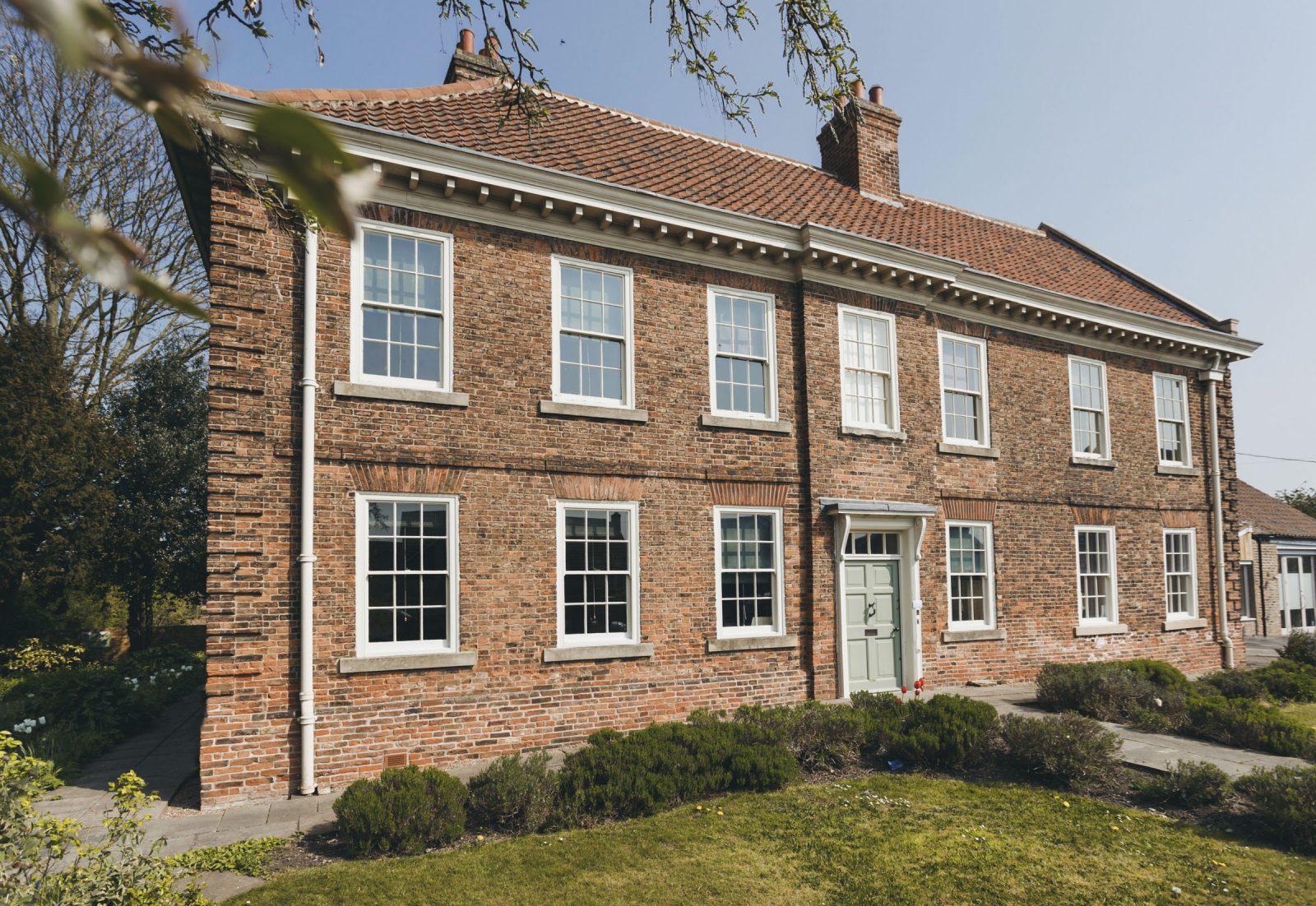
In 2008 Methodist Conference received a report highlighting the value and untapped potential of the Methodist Church’s historic sites and archives. The Conference approved recommendations in that report to convene a Methodist Heritage Committee and employ a heritage officer to coordinate and support its heritage resources.
The Committee oversees the publication of a handbook of all Methodist Heritage sites in Britain and publishes a twice yearly newsletter, Heritage News.
Methodist Heritage is committed to helping the Methodist Church preserve its heritage and use it as a tool for contemporary mission.
Recommended Books About the Wesleys and Methodism:
The following books offer further insight into the lives of the Wesleys and development of Methodism. They are available in Epworth Old Rectory shop and were used as references for writing this web-page.
- Roy Hattersley, John Wesley: A Brand from the Burning (London: Abacus, 2004)
- G.M. Best, Susanna Wesley (Clevedon: Woodspring Resource Centre, 2013)
- G.M. Best, Seven Sisters (Weston-super-Mare: Woodspring Resource Centre, 2011)
- Charles I Wallace, From a Mother’s Pen: Selections from the spiritual writing of Susanna Wesley (London: Methodist Publishing, 2019)
